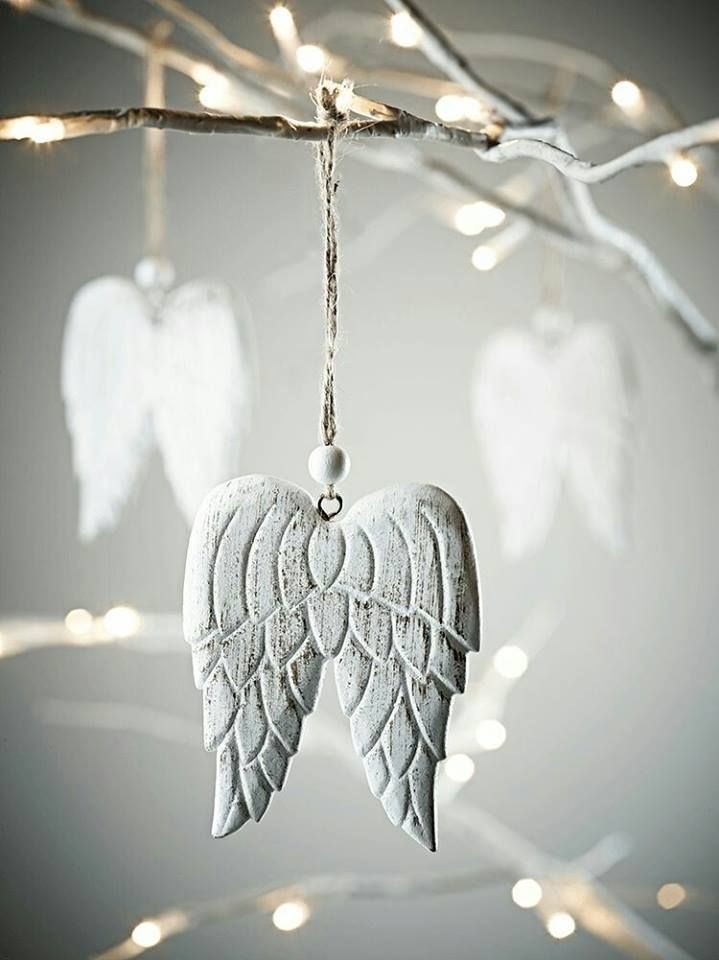Before the Thought, There Is Breath: Practicing the Body Scan
- Koöko Fleurs
- Oct 16
- 3 min read

A body scan is a mindfulness practice that invites you to gently observe your physical sensations—from head to toe or toe to head—without judgment.
It’s not about fixing or analyzing. It’s about noticing.
It’s a ritual of return, where the body becomes the first messenger.
Popularized by Jon Kabat-Zinn through Mindfulness-Based Stress Reduction (MBSR), the body scan is now used in therapy, trauma recovery, art therapy, and emotional regulation.
Why Practice It?
Because the body speaks before the mind.
Before we name an emotion, we feel it—through breath, posture, tension, or stillness.
Practicing a body scan helps you:
- Reduce stress and anxiety
- Improve sleep and restfulness
- Enhance emotional literacy and regulation
- Reconnect with your body after trauma or overwhelm
- Deepen your art therapy or PNL practice with somatic awareness
How to Practice
1. Find a quiet space. Sit or lie down comfortably.
2. Close your eyes. Let your breath settle.
3. Begin at the crown of your head. Ask: What do I feel here?
4. Move slowly. Forehead, jaw, throat, chest, belly, legs, feet.
5. Name the sensation. Not the emotion yet—just the physical truth.
“There is warmth in my chest.”
“My shoulders feel heavy.”
6. Breathe into each zone. Let the breath meet the sensation.
7. Ask gently: What might this be saying?
8. End with stillness. Let the whole body be seen, felt, held.
Who Is It For?
Everyone with a body and a longing to feel safe within it.
Especially:
- Those navigating stress, anxiety, or emotional overwhelm
- Survivors of trauma or burnout, gently returning to presence
When to Practice
- In the morning, to begin with presence
- Before sleep, to release tension
- During emotional storms, to regulate gently
- Before creative work, to ground and listen
- Anytime you feel disconnected from your body or breath
Body Scan Prompts
Head & Face
EN: Notice your forehead. Is there tension or softness?
FR: Remarquez votre front. Y a-t-il de la tension ou de la douceur?
EN: Feel your jaw. Is it clenched, relaxed, or somewhere in between?
FR: Sentez votre mâchoire. Est-elle crispée, détendue, ou entre les deux?
Throat & Neck
EN: Is your throat open or tight? What wants to be said or held?
FR: Votre gorge est-elle ouverte ou serrée? Qu’est-ce qui veut être dit ou retenu?
Chest & Heart
EN: Feel your chest. Is your breath deep, shallow, or paused?
FR: Sentez votre poitrine. Votre souffle est-il profond, léger ou suspendu?
Belly & Gut
EN: Notice your belly. Is there movement, stillness, or tension?
FR: Remarquez votre ventre. Y a-t-il du mouvement, du calme ou de la tension?
Legs & Feet
EN: Feel your legs. Are they grounded, restless, or heavy?
FR: Sentez vos jambes. Sont-elles ancrées, agitées ou lourdes?
Returning to the First Language
The body is not a barrier to healing.
It is the doorway.
It speaks in a language older than words—
and when we learn to listen,
we begin to understand not just what we feel,
but who we are becoming.
After the scan, after the breath, after the noticing—
we do not rush to fix.
We do not force a change.
We respond with care.
We ask:
What does my body need now?
A stretch? A pause? A sip of water? A boundary?
We honor the message with a gentle action.
This is emotional literacy in motion.
This is somatic presence.
This is sanctuary.
We do not override the body with the mind.
We let the body lead, and the mind follow—
with clarity, compassion, and choice.
To listen is to begin.
To respond is to heal.











Comments